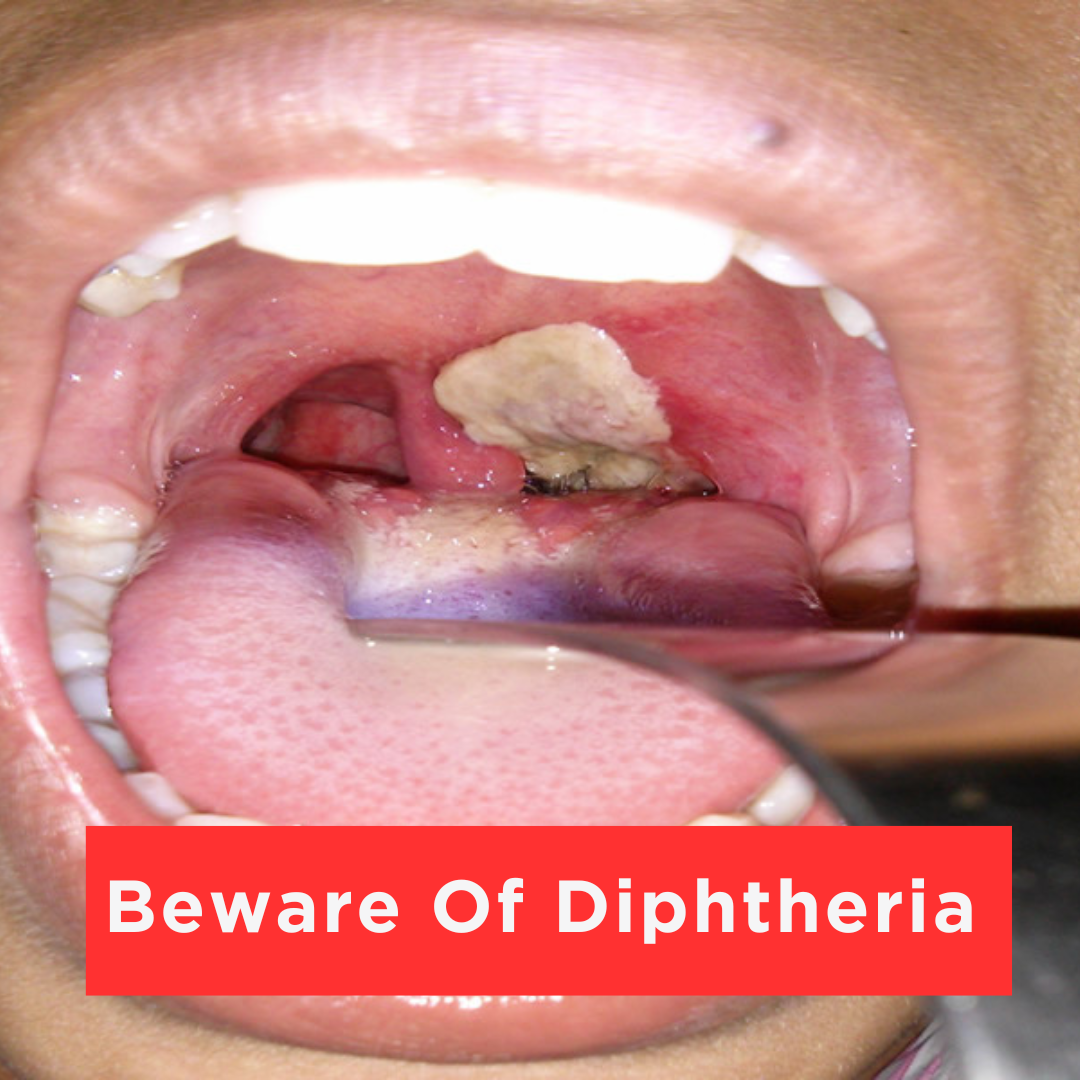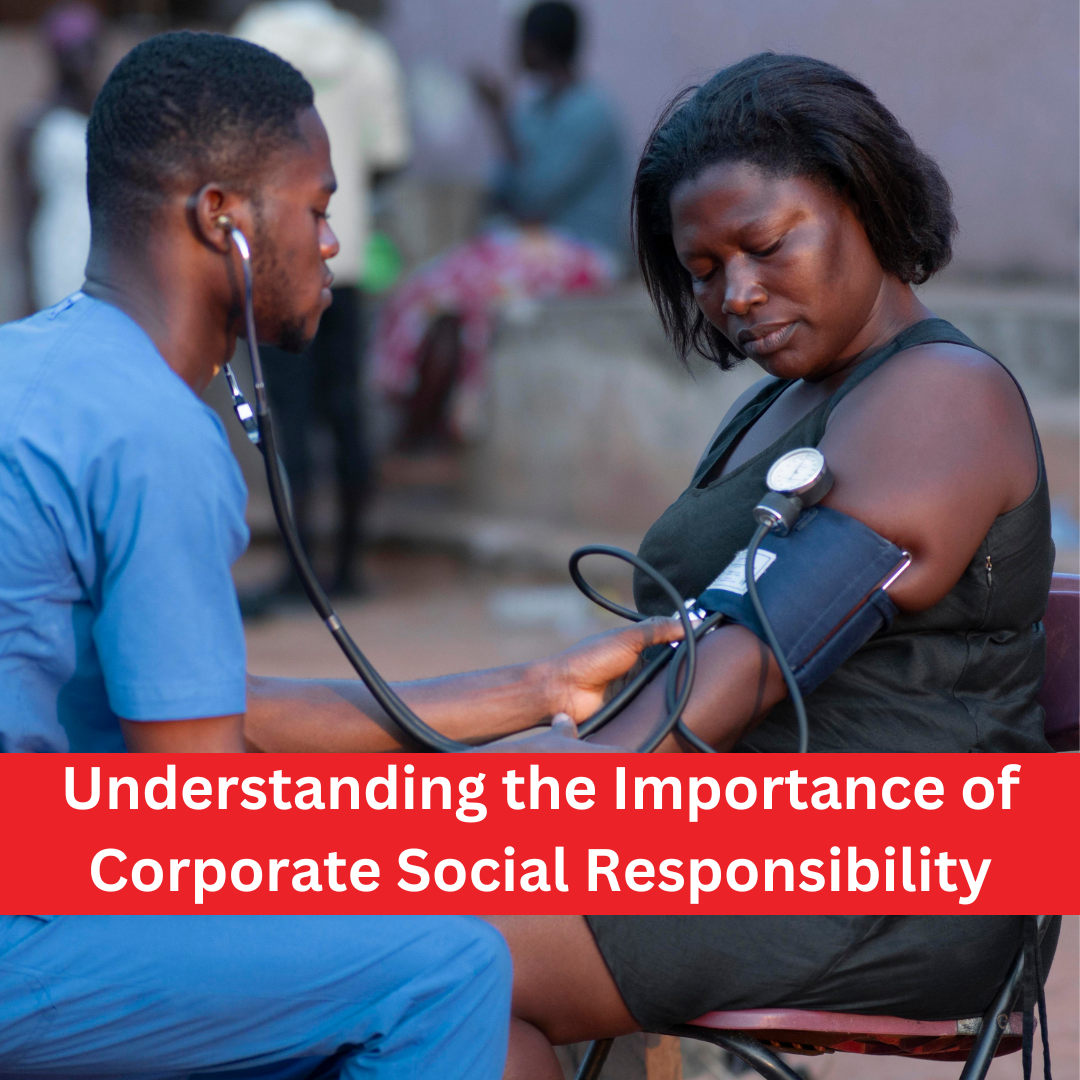So far, the NCDC has recorded multiple outbreaks of Diphtheria across the country since December 2022, with 798 confirmed diphtheria cases from 33 Local Government Areas (LGAs) in eight states, including FCT. NCDC added that 80 deaths have been recorded among all confirmed cases, with a case fatality rate of 10.0 per-cent.
Most of the cases, 782, were recorded in Kano State. Other states with cases are Lagos, Yobe, Katsina, Cross River, Kaduna and Osun. The majority 71.7 per cent of the 798 confirmed cases occurred among children aged two to 14 years.
Related post: https://www.medburymedicals.com/diphtheria-nigeria-records-798-cases-80-deaths-in-33-lgas/
Diphtheria is one of most feared childhood diseases, characterized by devastating outbreaks. It is a serious infection caused by strains of bacteria called corynebacterium diphtheriae that make toxins. It can lead to difficulty breathing, heart rhythm problems and even death.
The World Health Organization (WHO), said the most important virulence factor of C. diphtheriae is the exotoxin. In addition to this exotoxin, cell-wall components such as the O- and K-antigens are important in the pathogenesis of the disease. Humans are the only natural hosts for C. diphtheriae.
“Diphtheria is a vaccine-preventable disease covered by one of the vaccines provided routinely through Nigeria’s childhood immunization schedule. Despite the availability of a safe and cost-effective vaccine in the country, the majority i.e., 654 that is; 82 per cent of 798 confirmed diphtheria cases in this ongoing outbreak were unvaccinated.
“Unfortunately, this also includes this recently announced FCT case. Historical sub-optimal vaccination coverage is the main driver of the outbreak given the most affected age group two to 14-year-olds observed, and a national survey of diphtheria immunity that found less than half; 41.7 per cent of children under 15 years old are fully protected from diphtheria.”
Causes and Transmission
NCDC said that diphtheria is caused by a toxin produced by the bacteria corynebacterium diphtheria. It occurs through droplets and close physical contact. Although most infections are asymptomatic or run a relatively mild clinical course, many patients succumb to airway obstruction caused by laryngeal diphtheria or toxic myocarditis.
Signs and Symptoms
According to NCDC, signs and symptoms may include a thick, gray membrane covering the throat and tonsils. A sore throat and hoarseness. Swollen glands; enlarged lymph nodes in the neck. Difficulty breathing or rapid breathing.
The NCDC said it had activated the multi-sectoral national Diphtheria Technical Working Group (TWG) as a mechanism for coordinating surveillance and response activities across the country. The response activities include coordination, surveillance, laboratory investigation, risk communication, case management and immunisation activities.
Diagnosis
The Centre for Disease Control (CDC) said doctors usually decide if a person has diphtheria by looking for common signs and symptoms. They can swab the back of the throat or nose and test it for the bacteria that cause diphtheria. A doctor can also take a sample from an open sore or ulcer and try to grow the bacteria.
“If the bacteria grow and make the diphtheria toxin, the doctor can be sure a patient has diphtheria. However, it takes time to grow the bacteria, so it is important to start treatment right away if a doctor suspects respiratory diphtheria.”
Treatment
Diphtheria treatment involves two key steps: First, using diphtheria antitoxin to halt the bacteria’s toxin from causing harm, which is crucial for respiratory diphtheria. However, it’s rarely used for skin infections. Second, administering antibiotics to kill and eliminate the bacteria.
This is essential for both respiratory and skin infections, including other body parts like eyes and blood. Once on antibiotics, patients are typically non-infectious after 48 hours, but it’s vital to complete the full course to fully eradicate the bacteria. After treatment, tests ensure the bacteria are completely gone from the patient’s body.
Prevention
“Vaccines are the best way to prevent diphtheria. “Several vaccines help protect against diphtheria, all of which provide protection against other diseases: DTaP helps protect against diphtheria, tetanus, and pertussis (whooping cough), DT helps protect against diphtheria and tetanus, Tdap helps protect against tetanus, diphtheria, and pertussis and Td helps protect against tetanus and diphtheria.
“CDC recommends diphtheria vaccination for people of all ages. The vaccine recommended for someone depends on his or her age. Children who should not get vaccines that contain whooping cough can receive DT for protection against diphtheria and tetanus. “Diphtheria vaccines are safe. Most people who get a diphtheria vaccine do not have any serious problems with it. However, side effects can occur. Most side effects are mild, meaning they do not affect daily activities,” CDC stated.
Surveillance
The NCDC disclosed that it has established a multisectoral National Diphtheria TWG that would bring together relevant stakeholders to regularly meet and monitor the disease trend and coordinate response activities in the country.
“It has also deployed Rapid Response Teams (RRT) to some of the affected states: Kano, Katsina, Lagos, Osun, Yobe to support response activities in the states, and supported the establishment of a diphtheria IMS in the affected states.
“Also, development and dissemination of surveillance tools across the country – case definition, case investigation form (CIF), line listing template, etc. Support for active case finding across affected states and sensitization/training of clinical and surveillance officers on the presentation, prevention, and surveillance of diphtheria amongst others.”







No Comments